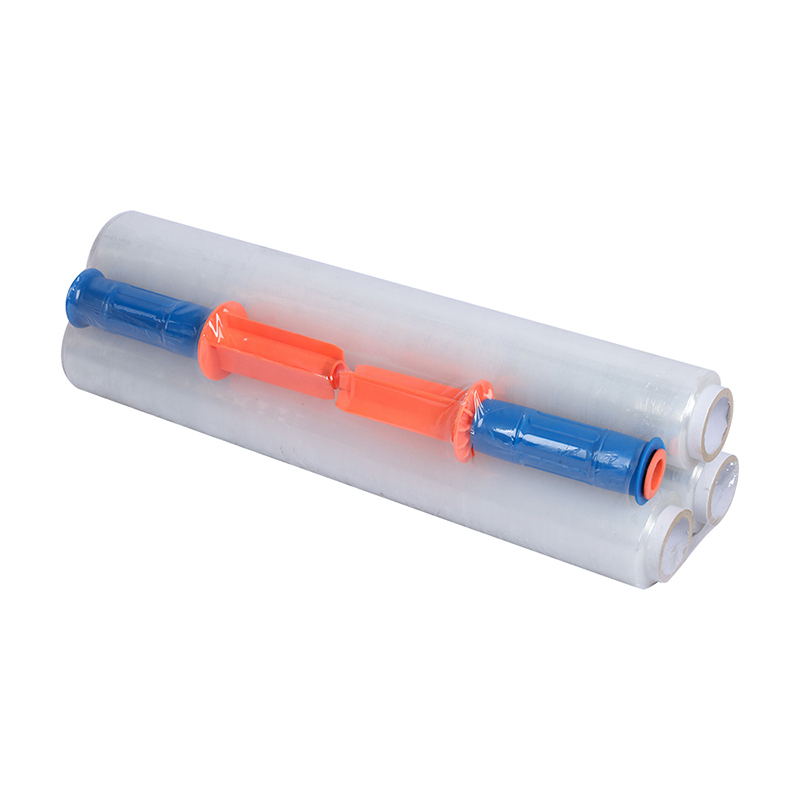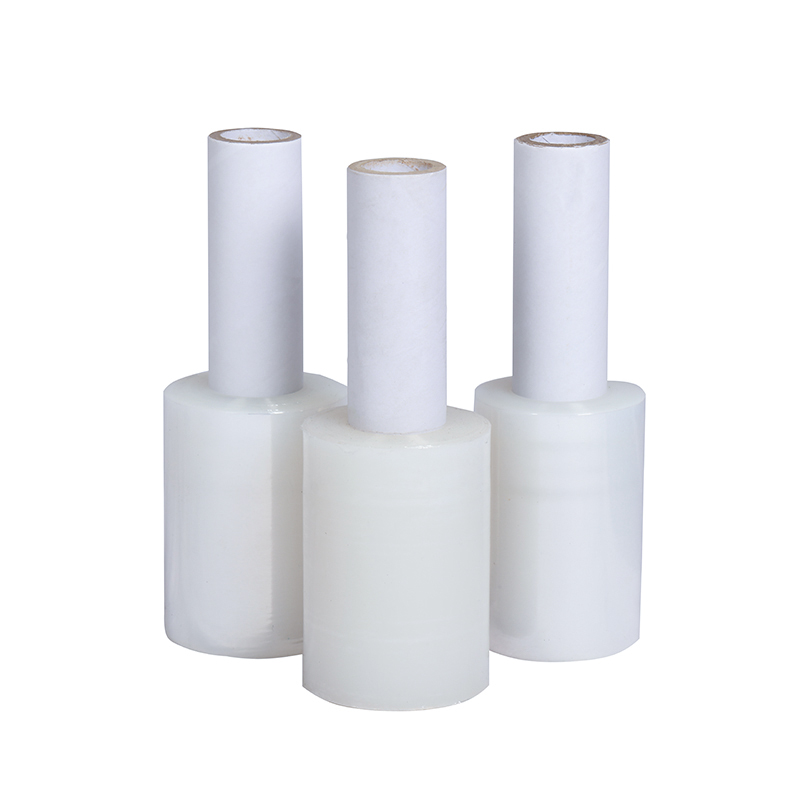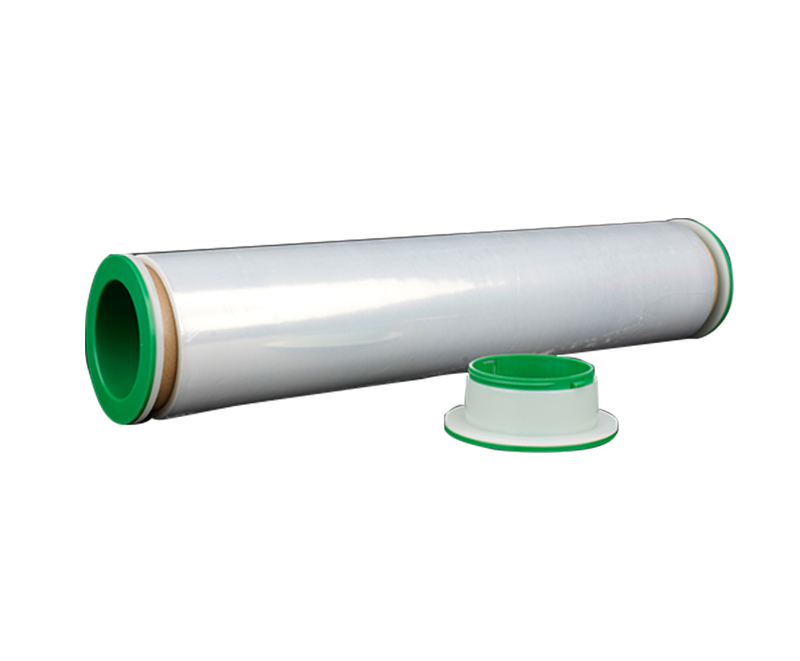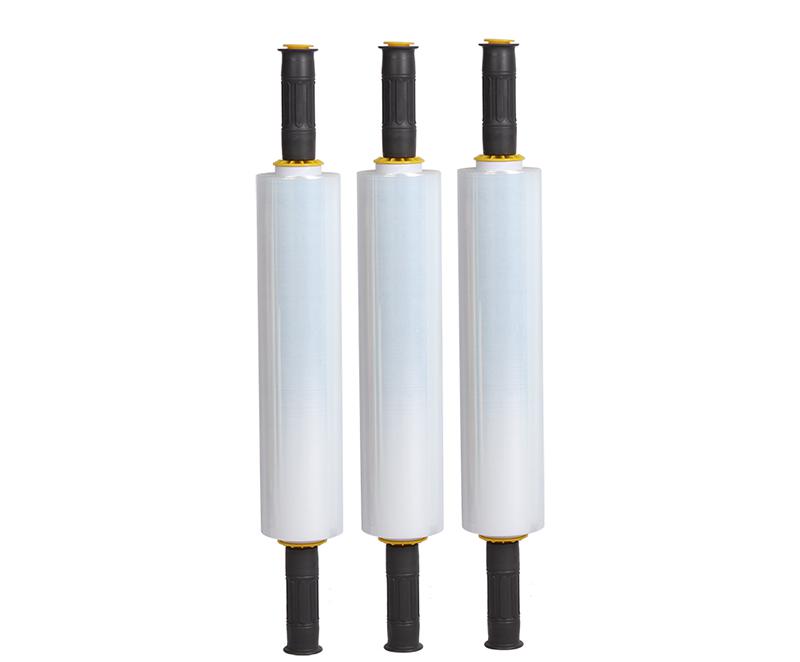How to control the physical mechanical properties of stretch
Source:How to control the physical mechanical properties of stretchTime:2021-12-06Visitors:
How to control the physical mechanical properties of stretch film?
With the development of the logistics industry, stretch films have also been widely used. Stretch films are mainly used to stabilize, cover and protect products. The physical and mechanical properties of stretch films have been mentioned before, so let’s take a look below. How can we control it? The editor of Zhiteng stretch film manufacturer will introduce to you as follows:
High transparency is conducive to the identification of goods; high longitudinal elongation is conducive to pre-stretching and saving material consumption; good puncture performance and transverse tear strength allow the stretched film to encounter sharp goods at high stretch magnification The corners or edges do not break; the high yield point makes the packaged goods more tight. The film produced by the casting method has high transparency, so it is not discussed here.
As the number of C atoms of the comonomer of the material increases, the branch chain length increases, the crystallinity decreases, and the "winding or kinking" effect of the resulting copolymer increases, so the elongation increases, and the puncture strength and tear strength also increase. MPE is a highly stereoregular polymer with a narrow molecular weight distribution, which can accurately control the physical properties of the polymer. Therefore, its performance is further improved; and because MPE has a narrow molecular weight distribution and narrow processing range, processing conditions are difficult to control. Add 5% LDPE to reduce the melt viscosity and increase the flatness of the stretched film.
The price of stretched film is also high. In order to reduce costs, stretched film is usually used in combination with C4-LLDPE, but not all C4-LLDPE can be matched with it and should be selected. Machine-use stretch films mostly use C6 and C8 materials, which are easy to process and can meet various packaging requirements. For manual packaging, C4 materials are mostly used due to the low stretching ratio.
The material density also affects the performance of the stretched film. As the density increases, the degree of orientation increases, the flatness is good, the longitudinal elongation increases, and the yield strength increases, but the transverse tearing strength, puncture strength and light transmittance all decrease. Therefore, the overall performance of all aspects is often in non-sticky Add an appropriate amount of medium density linear polyethylene (LMDPE) to the layer. Adding LMDPE can also reduce the coefficient of friction of the non-sticky layer and avoid the adhesion of the packaged pallet to the pallet. The influence of cooling roll temperature. As the temperature of the cooling roll increases, the yield strength increases, but the other properties decrease. Therefore, it is generally appropriate to control the temperature of the cooling roll at 20°C to 30°C.
Previous:How to calculate the price of stretch film?
Next:No
Recommended Products
Ranked in the same article
- how to use the stretch film technology to r
- How can we get detailed price list?
- Five common quality problems of PE protecti
- Plastic film degradation
- How to guarantee punctual shipment for our
- What is the difference between stretch film
- Testing the permeability of stretch film
- Why insufficient transparency of stretch w
- Electrical wire film VS electrostatic film
- Stretch film temperature requirements
- The elastic characteristics of plastic film
Latest news articles
- How should the viscosity in the adhesive la
- Is PE stretch film suitable for the logisti
- How Does Color Affect the Performance and D
- The elastic characteristics of plastic film
- Why vacuum packaging materials need stretc
- Advantage of Stretch film
- How to handle the surface of stretch wrappi
- Method of shortening stretch film
- How to solve the bubble in the stretch film
- The characteristics of the stretched film q
- Enhancing Electrical Safety with Innovative




